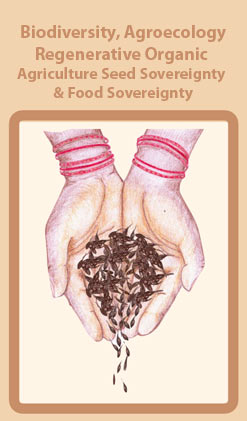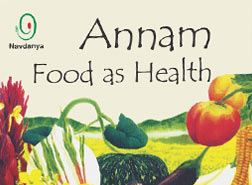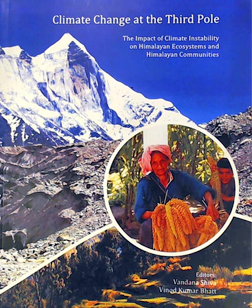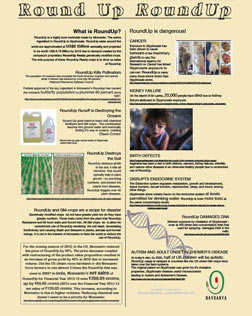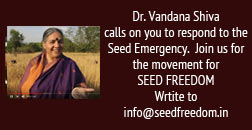Millets have been making a lot of noise lately. These are present in most supermarket stores, especially in their 'healthy foods' sections. While quinoa and brown rice have been making their way to food bowls available for lunch or dinner, several chefs and dieticians in India are focusing on traditional millets such as jawar (sorghum), bajra (pearl millet), ragi (finger millet) and jhangora (barnyard) among others. Several cities are also seeing festivals being organised to educate people about millets for being gluten free and rich in minerals, protein, iron, potassium, calcium, vitamin B, magnesium and zinc. Mostly pesticide-free and easily grown in rainfed dryland, they also help in lowering Type 2 diabetes and reduce the risk of heart disease.It makes you wonder why such a rich crop went off the shelf in the first place.
"Millets were written off in agriculture and growing it was considered backward," says an angry Dr Vandana Shiva. The 64-year-old environment activist blames the Green Revolution and the World Bank for limiting our staple diet to rice and wheat. Hyderabad-based Indian Institute of Millets Research director Dr Vilas A Tonapi also agrees that inclusion of high-yielding varieties of rice and wheat during the 1960s Green Revolution made cultivation of these cereals more profitable. "But no such productivity-enhancing genes were available for millets. So wheat spread to non-conventional areas of eastern and southern India and rice cultivation to western India, further boosted by the availability of fertilisers at a subsidy and government schemes introduced to provide rice and wheat at highly subsidised prices. Coupled with this, was their inclusion in the Public Distribution System (PDS) through a network of fair price shops, ensuring the complete disappearance of millets from all kitchens," says Dr Tonapi.
© 2016 Navdanya. All rights reserved. Design Inn Info Solution


